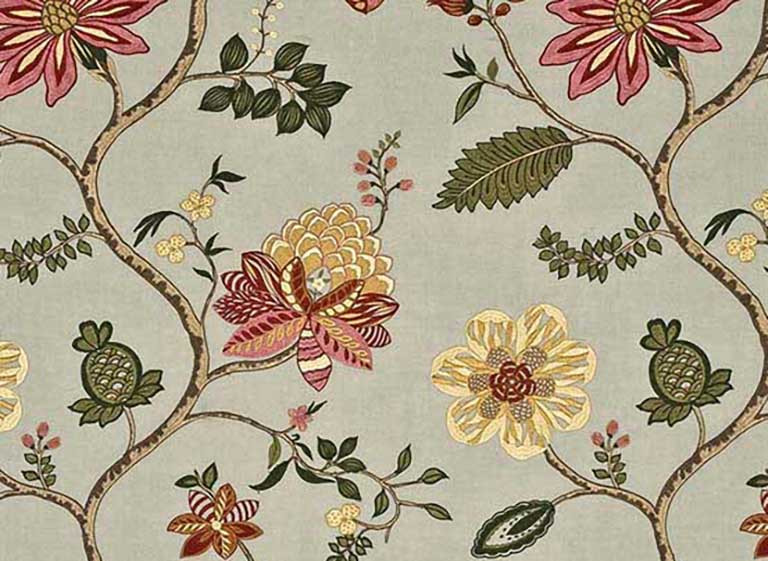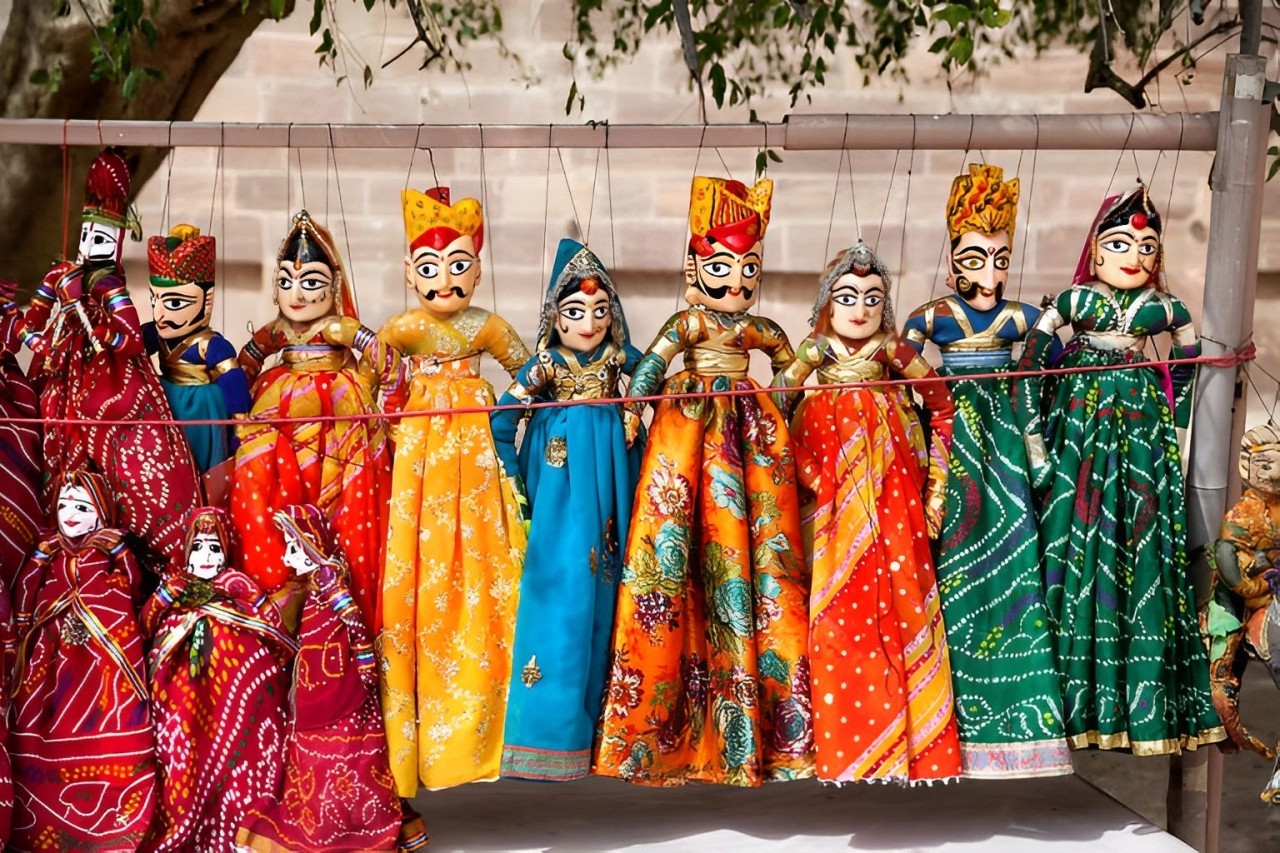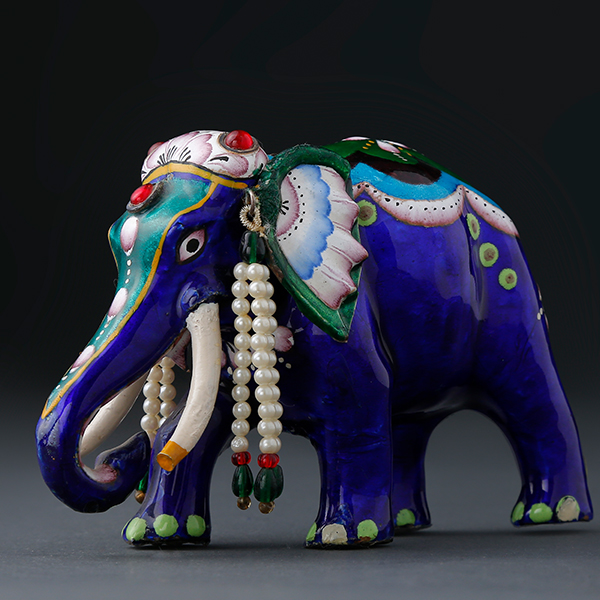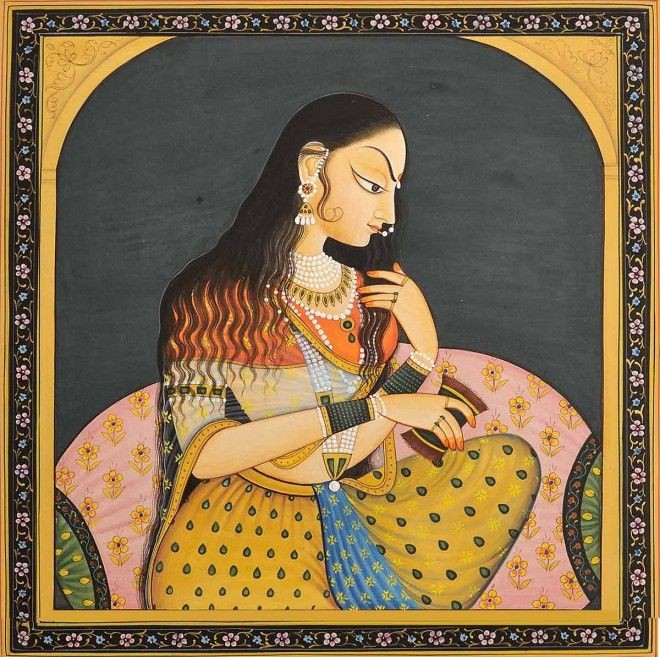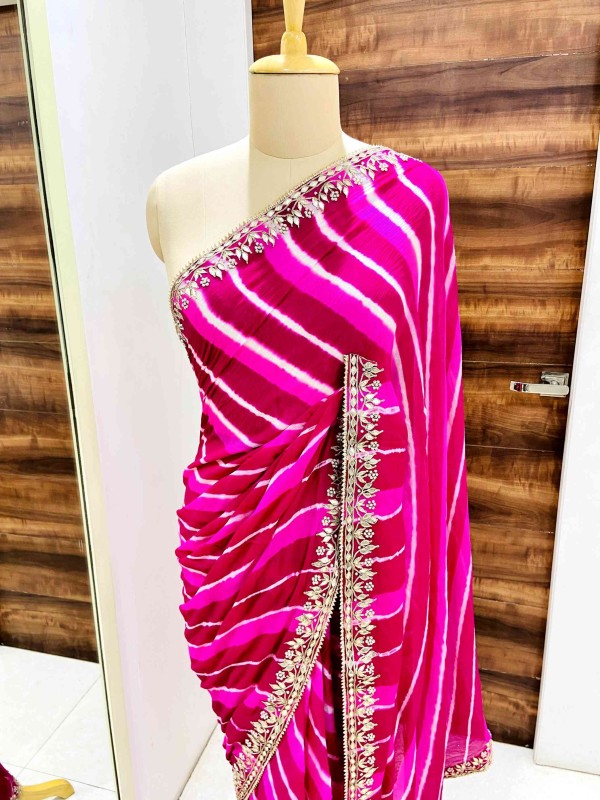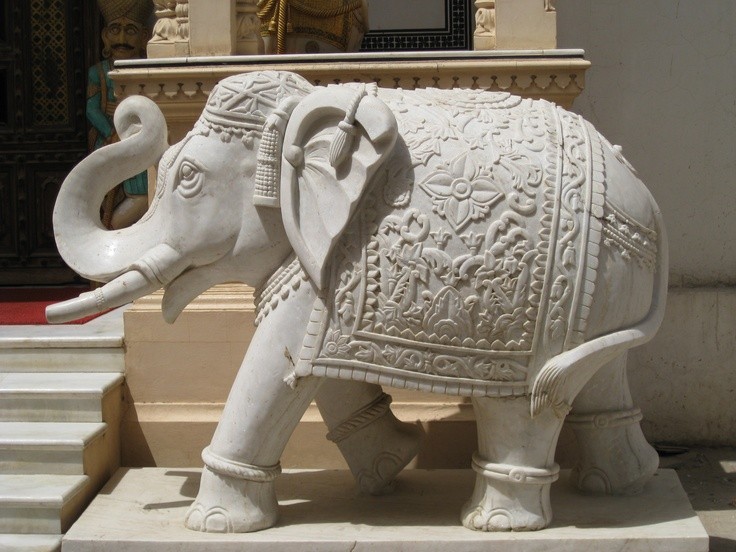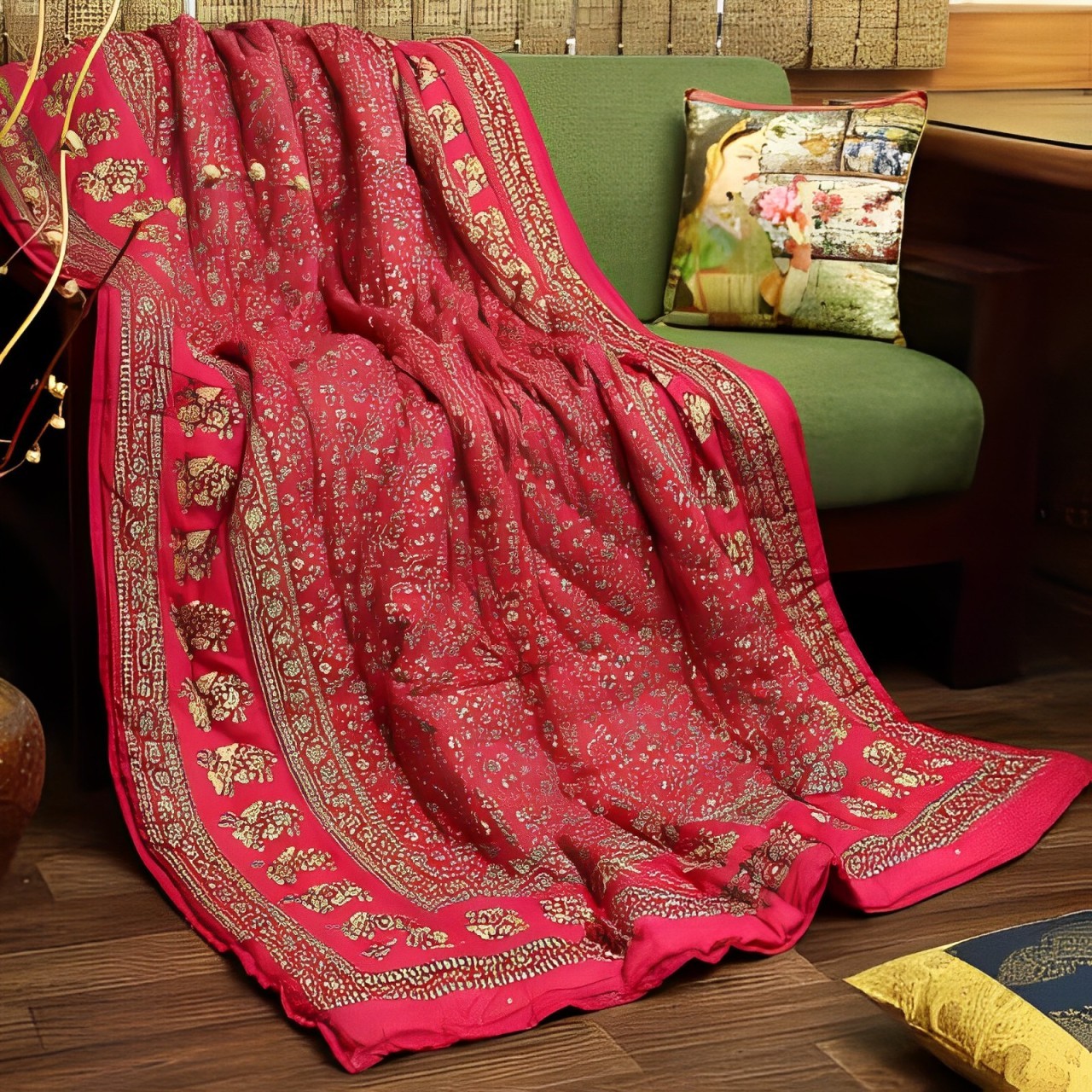Jaipur Rugs

What is a Rug
A rug is a heavy thick textile product used in floor covering. It differs from the carpet as it is affixed to the floor from wall to wall, while a rug is portable and smaller. It is generally used as a floor covering, or as a decorative feature. The rug originated from the nomadic people of central Asia. Traditionally it is created with wool. As time passes, nowadays, it has been created with different fabrics. Rug making is the process of crafting a rug from various textile materials. Historically, there has been a variety of methods of rug making, including braiding, hooking, and weaving. These processes can be carried out by hand, using smaller tools like a latch hook, or using a weaving machine.
Jaipur Rug
Jaipur Rug or Jaipuri Rug is one of the eastern rugs that woven in India. Jaipur is a city of northern central India in the wool-producing province of Rajasthan. Rug weaving in prisons began in Jaipur in the middle of the nineteenth century. These rugs were copies of Mughal designs. Carpets are woven with single or double wefts, with single-wafted rugs of a finer weave. Contemporary carpets have asymmetric knots on a cotton foundation. The finer variety have a knot density of about 200 knots per square inch and are copies of other Near Eastern designs. The collection of the Jaipur Palace Museum includes many fine Mughal carpets.
History
Jaipur is a city that was founded in 1727 in northern India. It is the capital of the state of Rajasthan, which was once a weaving centre during the Mughal period. Carpets woven in this region under the Mughal reign are called Mughal Carpets in the trade. During the British Raj period, the carpets made in the city and the surrounding areas were called "Jaipur".
Jaipur carpets were made with Persian floral designs and coloration on a cotton foundation with a wool pile. The Persian (asymmetric) knot was always used. Jaipur carpets were made generally in a good grade quality.
The Jaipur carpet industry was known to produce "Jail" Carpets, which were made by prisoners and date to the Mughal period. After India's independence, in 1947, Jaipur became a carpet-trading centre, mostly for foreign export.
Today Jaipur and the surrounding area make various carpet types in several quality levels in accordance with market demand. Weavings with a silk foundation and a silk pile are also manufactured in the region.
Making of Jaipur Rug
Step 1 - Carding & Spinning: Carefully selected wool becomes yarn in the hand of the Katwaria, artisans that layer its strands together, remove dirt and knots and finally channel centuries of Indian tradition on a charka, a spinning wheel.
Step 2 – Dyeing: Yarn is wound on a wheel-like frame, and dipped and kept into boiling hot vats of dye to embed its intended colour, then hung to dry in the sun. At Jaipur Rugs, we dye yarn to over 3000 colours.
Step 3 – Weaving: Following a millennial tradition coming from Persia, weavers sit down at the loom and spend up to one year hand-knotting their patterns, line after line, with a meticulous attention to detail.
Step 4 – Washing: Washers methodically pour water and a mild cleansing solution to pull out the dirt that every carpet has attracted. Each stroke flushes out what is unnecessary and at the same time increases the strength of the underlying knots.
Step 5 – Gultarash: Gultarash is a specific technique that translates to “finding the flower”, since it was originally used to create a high-low effect that made the flower patterns pop out. Today it is used to highlight motifs or patterns, but also to create a textural effect.
Weaving Techniques
The weaver was considered untouchable in the India of the past. A definition that was misinterpreted, truly fitting only to their skill. A range of weaving techniques are used to create different types of rugs and the technique can determine the quality, design, price and even their durability.
Hand-Knotted
The Weaving Process
Hand-knotting found its way into Indian heritage from Persia, giving it its name, Persian Hand-knotting. It’s uniqueness in art is through its style of printing; knot by knot and line by line, paying attention to each intricate detail. It’s a process taking a minimum of 2 months, ranging up to almost a year depending on the quality and size of carpet being woven.
Differentiating each knot was originally done by memory, where weavers would sing out the colours of the line of knots called Boli weaving. This later evolved to the use of design maps, which helped accommodate a rapidly changing design palate. Artisans place the design map at the base of the loom and use each pixel in a chart as a reference to a knot. Artisans with Jaipur Rugs are also a part of a unique sustainable initiative called Manchaha, where they get to design their own rugs at the loom.
How to Identify?
Individual, often uneven knots are visible on the back of these rugs, mirroring the pattern visible on the front. A more intricate design will have a higher density of knots at the back, the quality is measured in KPSI (Knots per square inch).
Pile Height - Low to Medium. Comfortable to walk on.
Durability & Intricacy - Product life of 30+ years. High design intricacy.
Pros - Great durability, minimal shedding and a prestige to own, world-over.
Cons - Only downside is that it’s a little heavy on the pocket.
Knots per square inch (KPSI)
KPSI is a factor in determining the quality of hand-knotted rugs. Each knot is in comparison to a pixel; the more pixels in a given area, the clearer the image. It applies to rugs as well.
Hand-Tufted
The Weaving Process
An artisan first places a backing fabric on an iron frame and the desired pattern is traced on it. The artisan then uses a little wooden contraption, to push the intended yarn into the fabric, a process called tufting. The tufting gun hooks and pulls yarn through the backing to form loops or piles into the outlined areas.
Once the carpet is completed and up to grade, a canvas backing is bonded to the rug. This protects the tufted yarn from shedding and gives a distinctly different look to the rug. These cost-effective rugs take 2 months to craft and last for 5-7 years.
How to Identify?
These rugs have a canvas backing glued on to hold the knots in place and usually have a cut or cut and loop pile.
Pile Height - Medium to High. Comfortable to walk on.
Durability & Intricacy - Product life of 5-7 years. Wide range of designs with moderate intricacy.
Pros - A more affordable alternative to hand-knotted rugs. Quality and price depend on fibre used. A nearly unlimited variety of patterns, colours and textures can be used in a hand-tufted rug.
Cons - Sheds if used in high traffic areas and is not resistant to water because of its backing.
Hand-Loom
The Weaving Process
Very similar to handloom textile, a carpet is woven on a loom. The loom holds the warp (the vertical threads) in place and allows the interweaving of the weft (horizontal threads). A shuttle is moved across with a pedal to interlock each line.
This method is easiest for monotone rugs and gives a printed finish to the carpet. If the carpet has to be designed with multiple colours, the colour of yarn needs to be changed at the right place to help create the final design. Handloom rugs are crafted with a loop pile and is then cut to make a cut pile. Intermixing loop and cut pile give a unique colour effect to the rugs, especially for bamboo silk, as the shine of the colour is different along the length of the yarn as compared to the tip. These rugs are crafted in 2 months and can last for 10-12 years.
How to Identify?
Hand-loomed rugs usually have a low to medium pile (other than shags, which have a deep pile) and have a canvas backing added to them. They can also be denoted by the use of solid colours and see a line-by-line effect to the rug.
Pile Height - Low to Medium. Comfortable to walk on.
Durability & Intricacy - Product life of 10-12 years. Most rugs are solid but creatively designed to create tonal effects.
Pros - Different types of looms can craft versatile rugs; like felted textures, shag, naturals or solid and border rugs.
Cons - Intricate designs aren’t made in this style and the rugs come in solid colours. The colours can be gradated at the most.
Flat-Weave
The Weaving Process
In essence, a flatweave is a thick cloth made of cotton or wool. A Dhurrie is a flatweave from India, while a Kilim is from Persia. These rugs are woven by interlocking warp and weft threads, similar to making textile. They are mobile, versatile, durable and cost-friendly which gave way to a large range of weaving patterns, designs and colours.
The rug has no pile and is only a display of the interlocking, and creative methods can be used to give a patterned look to the rug. This is either done by using different sizes of threads, changing the colors of threads or using unique styles of interlocking. It is not made on a loom, and is extremely flexible and versatile, used both indoor and outdoor and is even an easy travel partner. Flat weaves take 2 months to craft, and comfortably last for over 10 years.
How to Identify?
With their woven construction, these rugs are flat, don’t have a pile and are predominantly reversible.
Pile Height - Flat, no pile
Durability & Intricacy - Product life of 10+ years. Wide range of designs that are moderately intricate but can also have more creative variants
Pros - Common fibres in flatweaves include wool, jute, and cotton. Great durability and toughness. A nearly unlimited variety of patterns and colours
Cons - Slippery on floor as it is very thin so need to use rug pad, no pile so it feels coarse on the feet
BLOCK-PRINTED RUGS
Block printing is a traditional style practiced by artisans in India, passed from one generation to another. It requires experience and hard work to achieve fineness in work. The cotton hand-knotted rugs are block printed with natural dyes, and then the rugs are stonewashed to give them an antique look.
How to Identify?
Identifying block printed rugs are very easy first is the printed design on front and second is Individual, often uneven knots are visible on the back of these rugs.
Pile Height - Low to Medium. Comfortable to walk on.
Durability & Intricacy - Product life of 20+ years. High design intricacy.
Pros - Great durability, minimal shedding and a prestige to own, world-over.
Cons – it’s colour might fad over time and little heavy on the pocket.
Different types of Knots used in making rugs
Turkish Knots: To make a Turkish knot, the yarn is passed between two adjacent warps, brought back under one, wrapped around both forming a collar, then pulled through the centre so that both ends emerge between the warps. This type of knots is also referred to as Symmetrical knot.
Persian Knot: The Persian knot is used for finer rugs. The yarn is wrapped around only one warp, then passed behind the adjacent warp so that it divides the two ends of the yarn. The Persian knot may open on the left or right, and rugs woven with this knot are generally more accurate and symmetrical. This type of knot is also referred to as the Asymmetrical knot.
Tibetan Knot: Like the name, this type of knot is used for rugs generally made in Tibet. A temporary rod which establishes the length of pile is put in front of the warp. A continuous yarn is looped around two warps and then once around the rod. When a row of loops is finished, then the loops are cut to construct the knots
Jufti Knot: The jufti knot is used for less finer rugs. This knot can be either symmetrical or asymmetrical. The knot is usually tied over four warps making the weaving process faster.
Spanish Knot: It is a knot that’s tied around a single warp. This methed I almost used exclusively in Spanish carpets and has been since the sixteenth century. The Spanish knot is tied on every other warp thread and these are alternated with each row.
Fibers & Material
The quality of a rug is measured differently for each weaving technique. A common starting point for determining qualities is by the fibres used, then picking out a weaving style.
Wool: Sheared from sheep, this fibre is the most associated with rugs for its sheer durability, sustainability and texture.
Silk: Just saying the word silk is used to describe the softness and smoothness of any material. This royal fibre is so desired that it comes with a matching price tag.
Bamboo Silk/Viscose: Also known as artificial silk, this fibre is often misinterpreted to be unnatural. Not only is it natural, it mimics silk in texture and is more cost effective!
Jute/Hemp: These rough and tough natural fibres bring a lot more to the table than their raw look and texture. They can be brilliant choices for spaces that would be otherwise unloved.
Other: Synthetic fibres, Cotton & Linen are familiar to most as they are widely used, but can also bring in interesting qualities to rugs.
Why are Rugs So Expensive?
Well, anything that is handmade requires human knowledge, skill, and time and will cost more than mass-produced, machine-made items. The same goes for rugs. Hand-knotted rugs, produced by hand-weaving each knot individually in a specially designed state, are, therefore, the most expensive.
Of course, the longer it takes to make a rug, the more expensive it is. Similarly, the material can also add to the cost of a rug because the more difficult the material is to get or the more durable it is, the more expensive it is. Wool and silk are some of the highest priced materials but also some of the most durable and make the most beautiful rugs.


